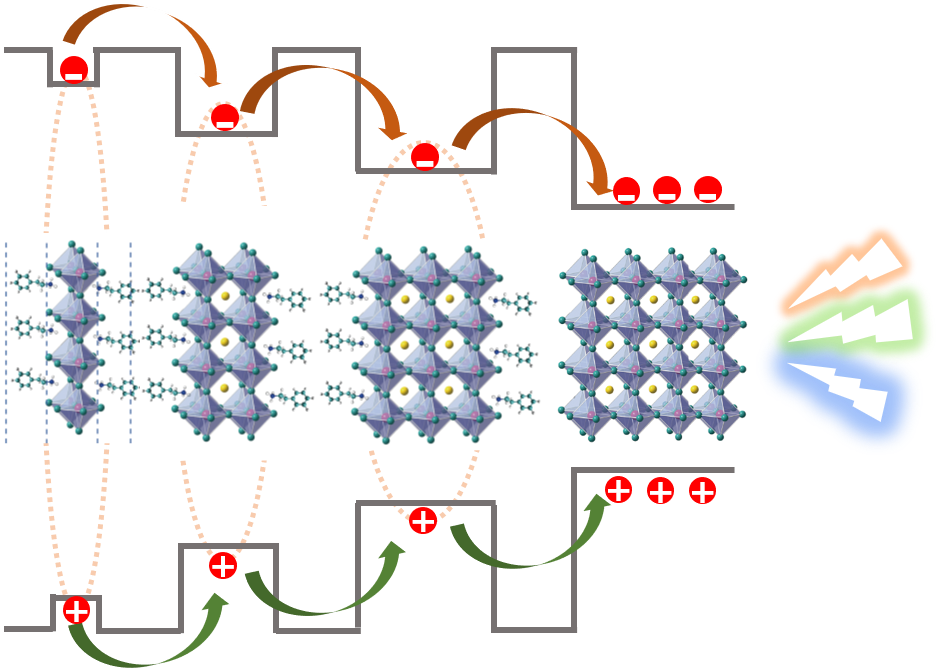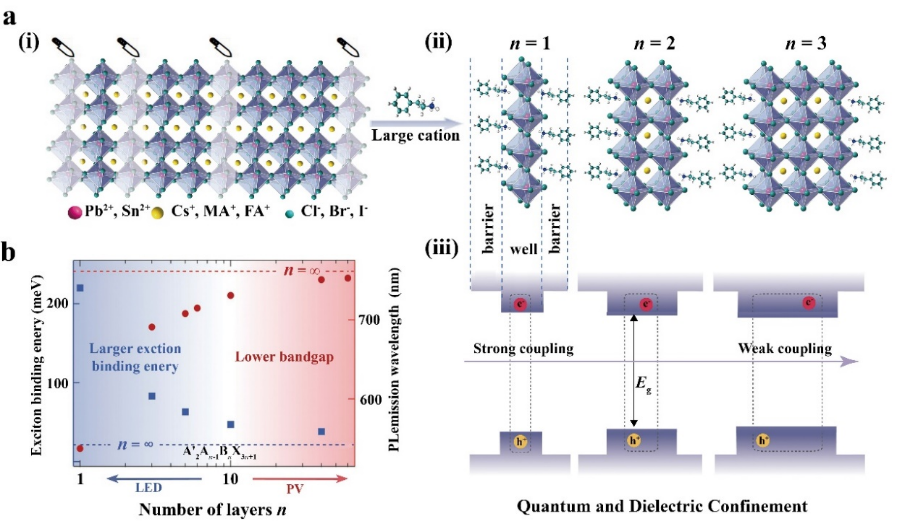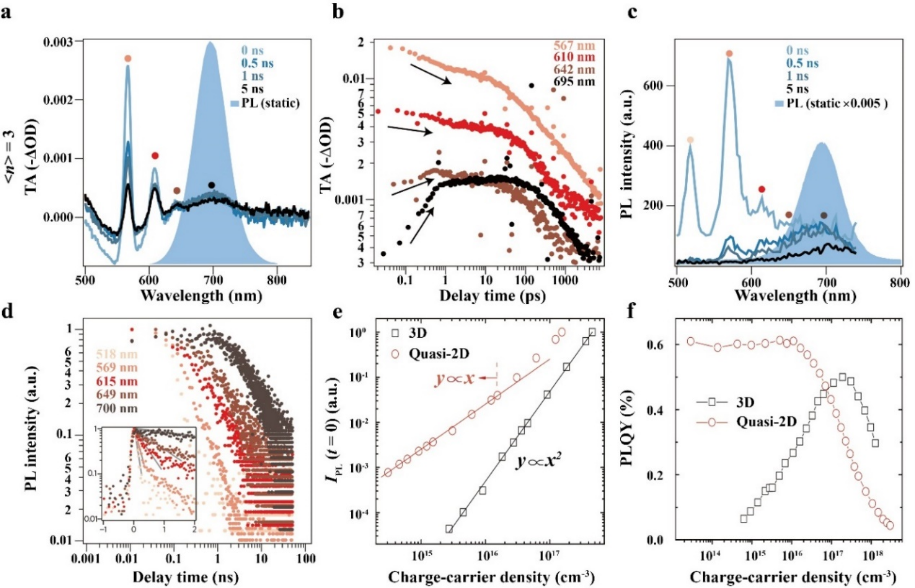Recently, the imec Research and Innovation Center in Belgium disclosed in its research results paper that it has successfully developed a new perovskite light-emitting diode (PeLED, Perovskite LED) stacking architecture. Remarkably, the brightness of the PeLED under this architecture is as much as 1,000 times that of the current most advanced organic light-emitting diode (OLED). As an important achievement of the EU-funded ULTRA-LUX project, as the imec team stated in the "Optics.org" journal news, this breakthrough can be called "a key milestone towards perovskite injection lasers", and in the future, it is expected to give birth to very attractive application scenarios in many fields such as display, image projection, environmental sensing, and medical diagnosis.

At present, the application range of light-emitting diodes is extremely wide, from common TVs and computer screens to traffic lights, aviation lighting, etc., which has greatly promoted the transformation of modern lighting and sensing technology. As one of the current popular display technologies, organic light-emitting diodes (OLEDs) are widely used in the manufacture of digital display screens for TV screens, computer monitors, smart phones, and handheld game consoles. Its principle is to use organic thin film polymers as semiconductor devices. However, due to objective conditions such as luminescent materials, there is an upper limit to the peak brightness of OLED. Imagine that when we are in the sun, it is often very difficult to see the content on the OLED screen of a smartphone.
Against this background, perovskite luminescent materials show unique advantages. Perovskite is a type of perovskite oxide with a cubic crystal structure. Its special physical properties make its application potential not limited to the field of solar cells (currently the main application direction of perovskite). In the past decade, with its excellent optoelectronic properties, low-cost processing characteristics and efficient charge transfer capabilities, perovskite has gradually emerged in the field of light-emitting diode applications and has become a popular candidate material that has attracted much attention.
Although perovskite light-emitting diodes (PeLEDs) have attracted much attention, they still face challenges. As related news points out, although perovskites can withstand high current densities, they have not yet achieved laser operation that emits high-intensity coherent light. Professor Paul Herremans, senior researcher at imec and corresponding author of the research paper published in Nature Photonics, said: "In the ULTRA-LUX project, imec introduced for the first time a perovskite light-emitting diode (PeLED) architecture with low optical losses and successfully drove these PeLEDs to a current density that supports stimulated emission of light." Professor Herremans also added: "This new architecture consists of a transport layer, a transparent electrode and perovskite as a semiconductor active material, and can operate at a current density of 3 kiloamperes per square centimeter, which is tens of thousands times higher than traditional OLEDs."

So, what breakthroughs have this new architecture achieved? "With this architecture, we have electrically enhanced the amplified spontaneous emission in addition to conventional optical pumping. We have experimentally verified that the contribution of electrical injection to the total stimulated emission is as high as 13%, which brings us very close to the threshold for achieving thin-film injection lasers. This milestone opens up new prospects for the development of high-power thin-film laser diodes and lays a solid foundation for new applications of thin-film perovskite lasers," explains Robert Gerhar, project manager at imec and corresponding author of the study.


